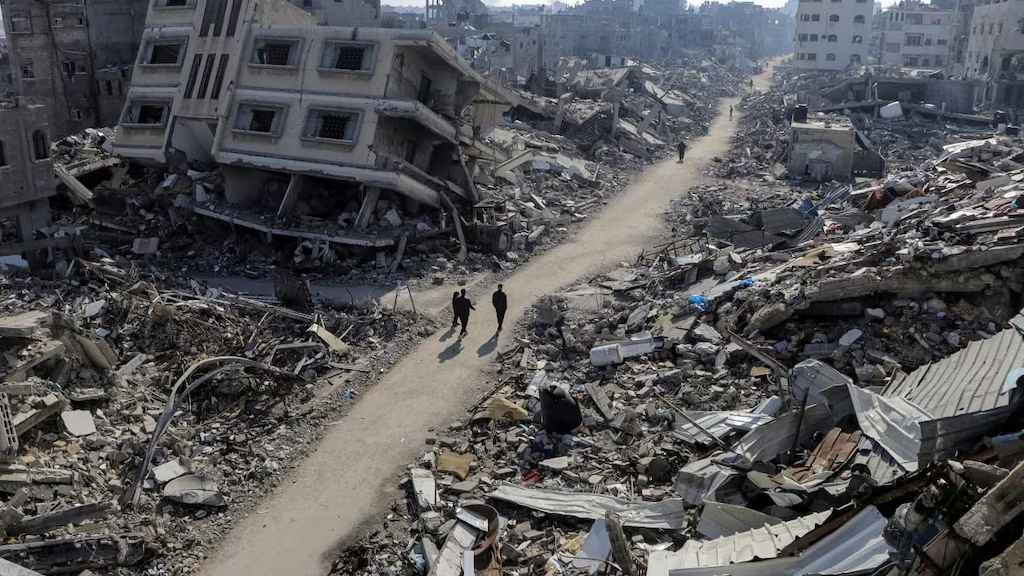Gaza City, May 29, 2025 — A new aid distribution initiative in Gaza, spearheaded by the U.S.- and Israeli-backed Gaza Humanitarian Foundation (GHF), has ignited controversy and chaos, raising serious concerns about its effectiveness and humanitarian implications.
The GHF established four centralized “mega-sites” for aid distribution, primarily located in southern Gaza, including Rafah and Gaza City. These sites are situated in areas where the Israeli military has issued evacuation warnings, making access perilous for many Palestinians. The centralized approach contrasts sharply with the previous United Nations-led distribution network, which operated approximately 400 sites across the Gaza Strip.
On May 27, thousands of desperate Palestinians, many having walked long distances in the scorching heat, gathered at the Rafah distribution center. The situation quickly deteriorated as large crowds were funneled through narrow, fenced corridors, subjected to ID checks and eye scans. Witnesses described the scene as chaotic, with people pushing and breaking through fences in a desperate attempt to obtain food.
The chaos escalated when Israeli forces reportedly opened fire to control the crowd, resulting in at least three deaths and numerous injuries. The Israeli military claimed the shots were fired into the air as warnings, but eyewitness accounts and injuries suggest that live ammunition was used against the crowd.
Humanitarian organizations and international observers have condemned the GHF’s approach. The United Nations Relief and Works Agency (UNRWA) criticized the initiative as “undignified” and “unsafe,” arguing that it undermines established humanitarian principles and could serve to depopulate northern Gaza.
Critics also point to the GHF’s lack of transparency and independence. The organization is managed by an American contractor and secured by private security firms, raising questions about its neutrality and effectiveness. Furthermore, the exclusion of established aid agencies like the UN from the distribution process has led to accusations that the initiative is more about controlling narratives than addressing the urgent humanitarian crisis.
The situation in Gaza remains dire, with the United Nations estimating that 600 aid trucks are needed daily to meet the population’s needs. However, only 1,050 trucks have entered Gaza since the easing of the aid siege, highlighting the insufficiency of current efforts.
As the humanitarian crisis deepens, calls are growing for a return to established, impartial aid distribution methods and for all parties to prioritize the well-being of Gaza’s civilian population.
#GazaAidCrisis #GHFControversy #HumanitarianPrinciples #AidDistributionChaos #PalestinianRights #UNRWA #GazaHumanitarianFoundation #MiddleEastConflict #InternationalAid #HumanRights

















